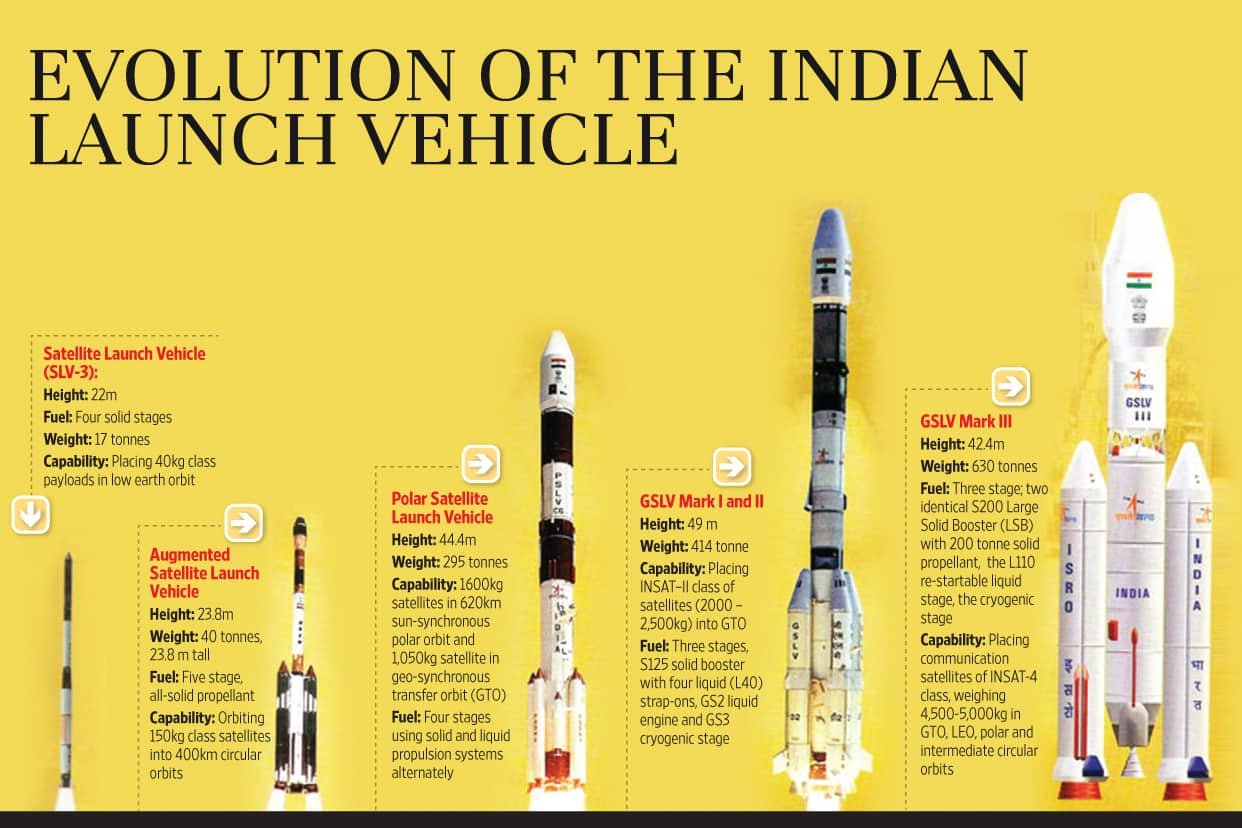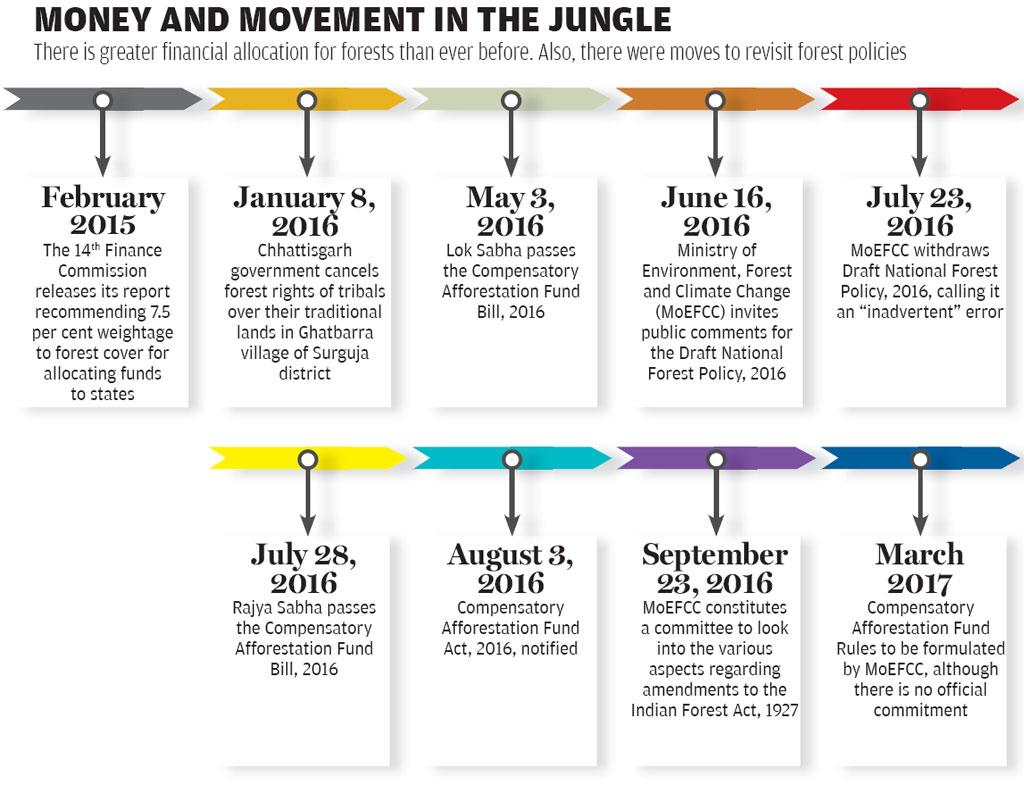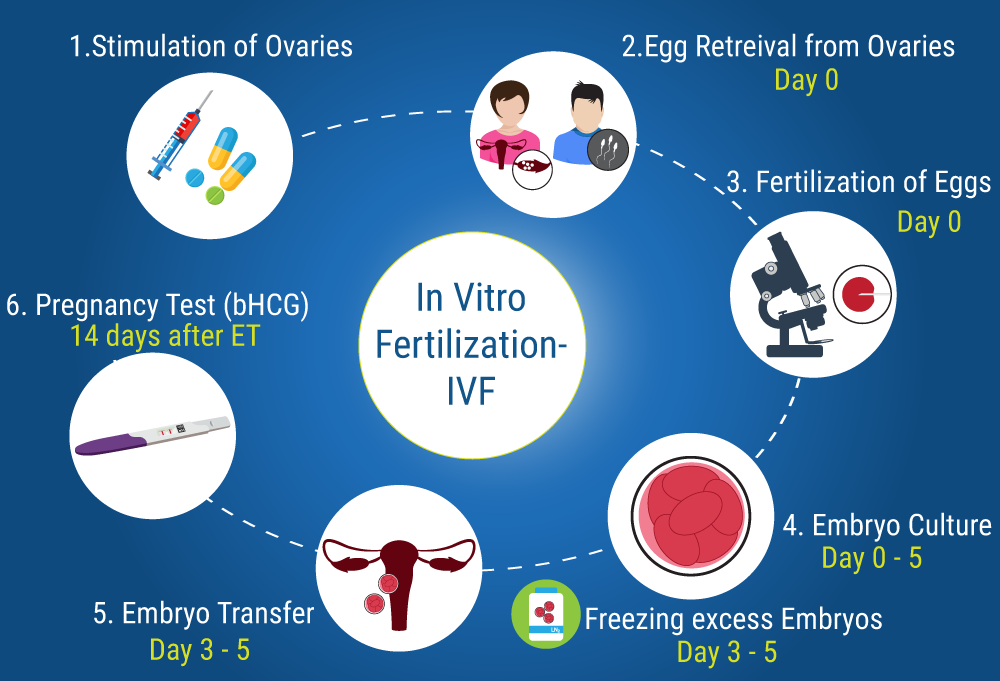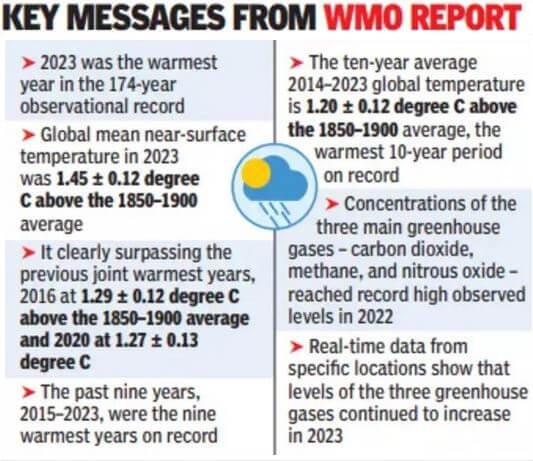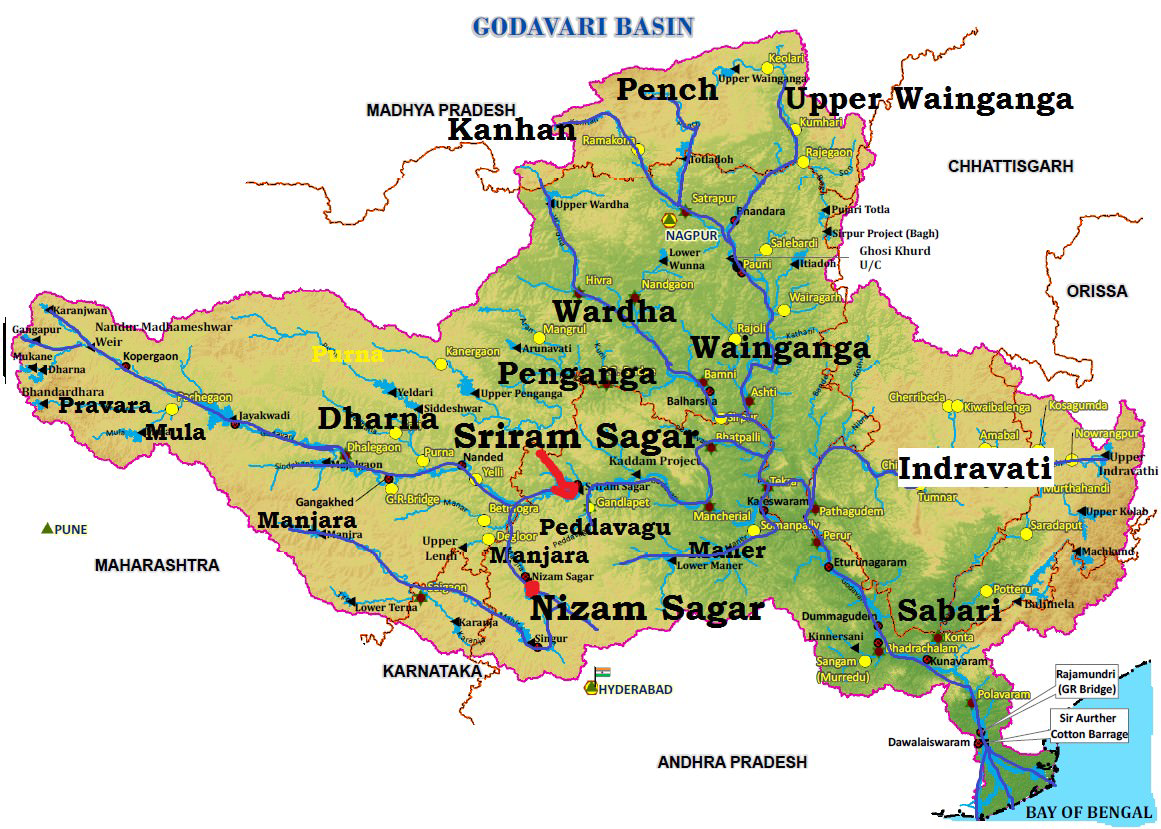
Nuclear Waste
Subscribers of "Current Affairs" course can Download Daily Current Affairs in PDF/DOC
Subscribe to Never Miss an Important Update! Assured Discounts on New Products!
Must Join PMF IAS Telegram Channel & PMF IAS History Telegram Channel
- Context (TH): Researchers at the Bhabha Atomic Research Centre (BARC) in Mumbai studied 20 years of radiological data (2000-2020) from six nuclear power plants in India.
- They discovered that the radioactive releases and their possible impact on the environment have been very low. This information could support India to advancing its nuclear power program.
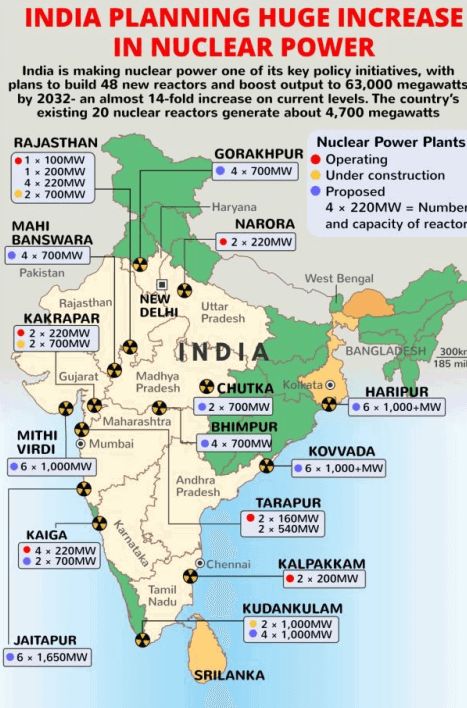
Nuclear Waste
- Radioactive (or nuclear) waste is a byproduct from nuclear reactors, fuel processing plants, hospitals and research facilities.
- It is also generated while decommissioning and dismantling nuclear reactors and other nuclear facilities.
- Nuclear Wastes: Argon 41, radioiodine, pcobalt-60, strontium-90, tritium and caesium-137.
- There are two broad classifications: high-level or low-level waste.
High-Level Waste
- It is primarily uranium fuel that has been used in a nuclear power reactor and is “spent,” or no longer efficient in producing electricity.
- The fission creates radioactive isotopes of lighter elements such as cesium-137 and strontium-90. These isotopes, called “fission products,”. It accounts for most of the heat and penetrating radiation in high-level waste.
- Some uranium atoms capture neutrons produced during fission. These atoms form heavier elements such as plutonium. It is known as “transuranic,” elements. They take much longer to decay.
Low-level waste
- It includes items that have become contaminated with radioactive material. For example, shoe covers and clothing, wiping rags, filters, etc.
- They are commonly disposed of in near-surface facilities rather than in a geologic repository. There is no intent to recover the waste once it has been disposed of.
How nuclear waste are produced?
By products
- In a fission reactor, neutrons collide with the nuclei of specific atoms.
- When a nucleus absorbs a neutron, it becomes unstable and splits, releasing energy and forming nuclei of other elements.
- For instance, uranium-235 can split into barium-144, krypton-89, and three neutrons when it absorbs a neutron.
- If the resulting elements cannot undergo further fission, they become nuclear waste.
Spent fuel
- Nuclear waste also includes the spent fuel which is extremely radioactive and requires secure storage to prevent environmental contamination.
- Fuel used in a nuclear reactor becomes irradiated and is known as spent fuel when removed.
How nuclear waste is managed?
Spent fuel
- It is challenging to handle due to its high temperature and radioactivity, often requiring underwater storage for several decades.
- Once cooled, spent fuel can be transferred to dry casks for long-term storage.
- Storage periods for spent fuel can extend for millennia, requiring isolation from human contact.
- Countries with established nuclear power programs have accumulated significant amounts of spent fuel.
Liquid waste
- Liquid waste treatment facilities in nuclear power plants manage aqueous wastes containing short-lived radionuclides.
- Japan, for example, treats and discharges such water from the Fukushima nuclear plant into the Pacific Ocean.
- Other liquid wastes can be evaporated, chemically precipitated into sludge, absorbed on solid matrices, or incinerated depending on their hazard.
- Liquid high-level waste, containing most fission products, is vitrified into glass for storage.
- In India, fission products from pressurized heavy-water reactors must be stored as liquid waste due to reprocessing, posing accident hazards.
|
Different methods to manage nuclear waste?
Dry-Cask Storage Proces
- After spending at least, a year in a spent-fuel pool, cooled spent fuel can be moved to dry-cask storage.
- In dry-cask storage, spent fuel is placed inside large steel cylinders and surrounded by inert gas before being sealed shut and placed in larger steel or concrete chambers.
Geological disposal
- Some experts advocate for geological disposal, where waste is sealed in special containers and buried underground in granite or clay.
- Geological disposal offers long-term storage away from human activity, but there are concerns about potential exposure if containers are disturbed.
- The emplacement of waste can affect the properties of surrounding rock, creating increased fracture zones and thermal pulses.
Reprocessing
- It is a method to separate fissile from non-fissile material in spent fuel.
- The material is chemically treated to separate fissile material left behind from the non-fissile material.
- Reprocessing facilities require specialized protection and personnel due to the hazardous nature of spent fuel.
- Reprocessing offers higher fuel efficiency but is expensive and yields weapons-usable plutonium (different from weapons-grade).
- The IAEA regulates reprocessing facilities tightly, specifying thresholds for plutonium content to ensure safeguards.
|





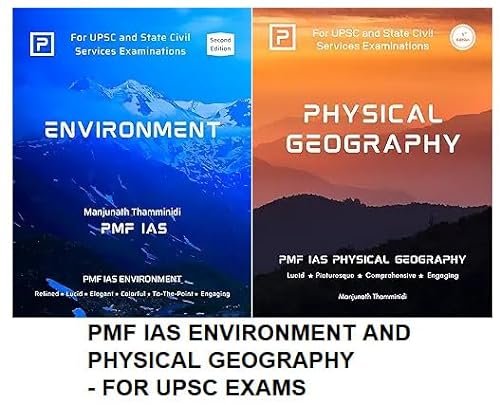
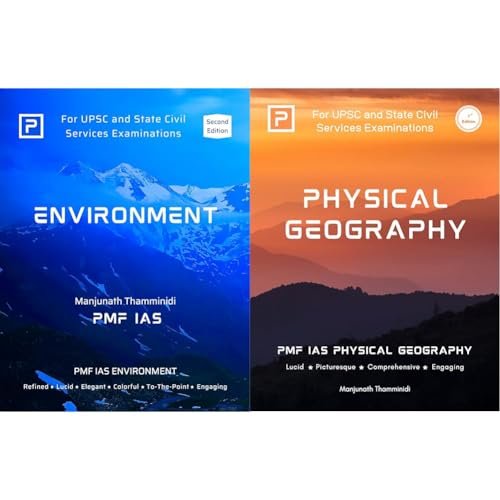
![PMF IAS Environment for UPSC 2022-23 [paperback] PMF IAS [Nov 30, 2021]…](https://pmfias.b-cdn.net/wp-content/uploads/2024/04/pmfiasenvironmentforupsc2022-23paperbackpmfiasnov302021.jpg)


